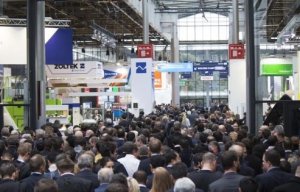
Composites solutions for e-mobility at eMove360°
Opinion


Technical textiles were probably not the prime concern of many of the 700,000+ visitors who flocked to this year’s Geneva Motor Show from March 7-17, but beyond the sleek exteriors of the latest vehicles there was convincing evidence of their increasing adoption.
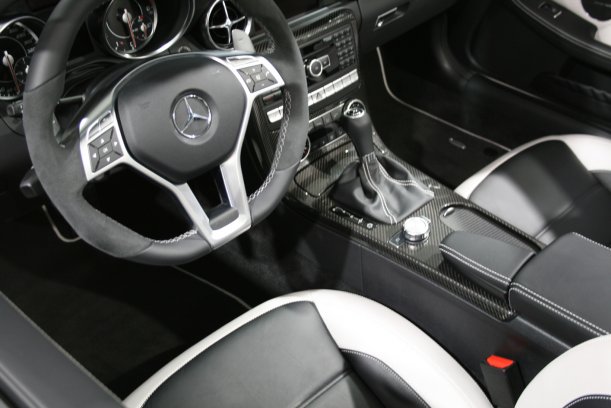
23rd March 2012
Adrian Wilson
|
Technical textiles were probably not the prime concern of many of the 700,000+ visitors who flocked to this year’s Geneva Motor Show from March 7-17, but beyond the sleek exteriors of the latest vehicles there was convincing evidence of their increasing adoption.
The first thing that becomes apparent is the near dominance of Alcantara in luxury car interiors. This high-end nonwoven fabric, made largely in Italy and based on Japanese microfibre spinning technology developed by Toray, is now actually a preferred option to natural leather for many of the car manufacturers, with its benefits such as breathability, softness and scuff-resistance, as well as the flexibility it allows in seat and component assembly and its ability to take bold colours.
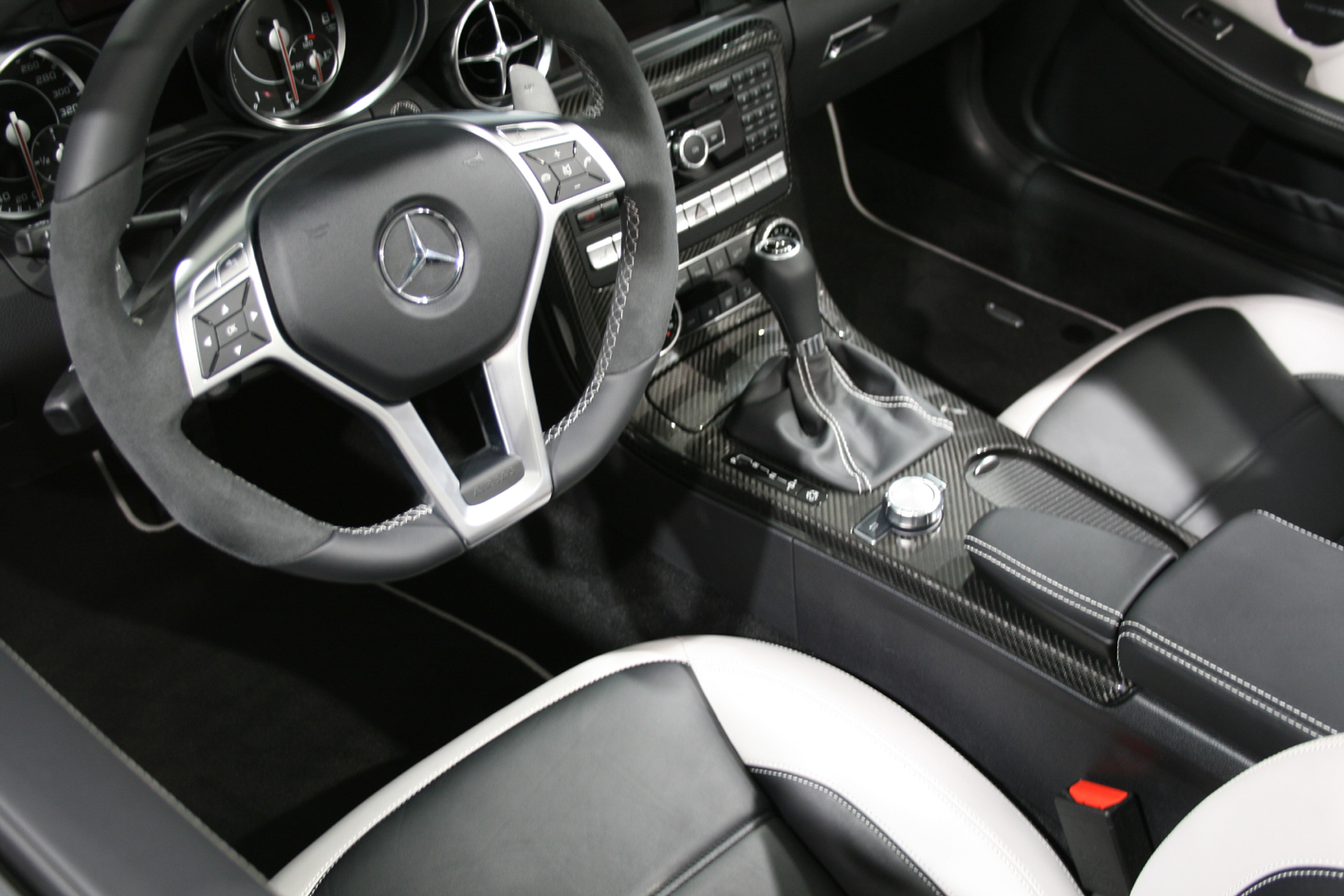
A new full colour printing method for tyres, meanwhile, has been developed by Bridgestone, suggesting they will soon become much more of a design element on vehicles.
And carbon fibre composites are suddenly everywhere – employed as interior design features in the latest German vehicles as a taster of what’s to come in the push to replace steel with carbon in car bodies. As expected, full carbon fibre composite bodies were displayed on top tier sports performers by the likes of Lamborghini and Lotus, but they are now moving down the ranks to more mid-priced racing and sports cars as well.
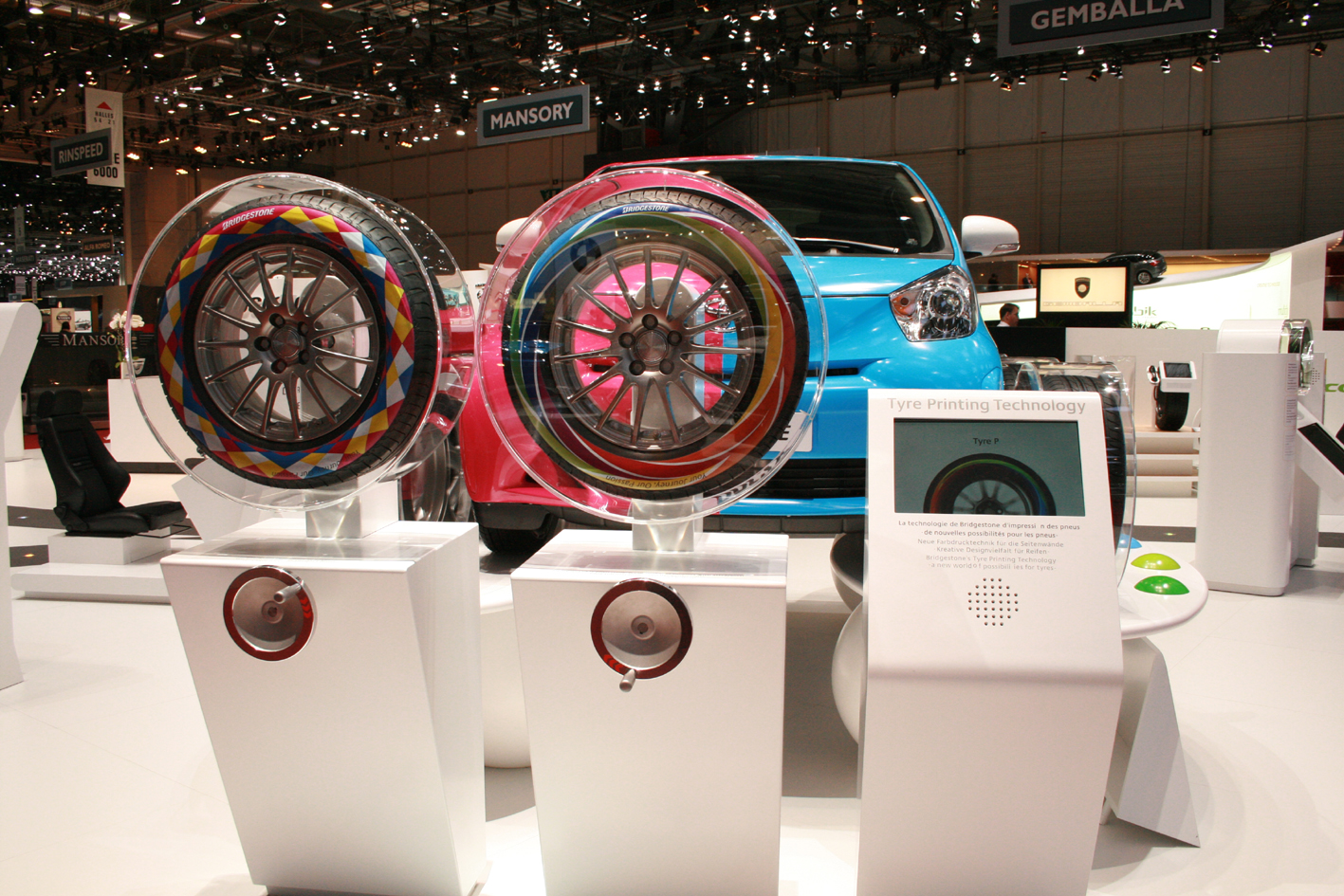
Nonwovens continue to find new uses too, and following widespread success as wheel arch liners – the first exterior application for them – they are now being used as a replacement for the heavy PVC layer which was traditionally applied to the underside of the floor panel.
In addition to a considerable reduction in weight at a comparable price, their considerable advantages in this role include:
Such components have to withstand a lot of strain as well as wear and tear and resistance to the elements, but while the nonwovens for this component are distinguished by their high rigidity, they are also considerably lighter than competitive products. Audi, BMW, Citroen-Peugeot, Ford, Volkswagen and even Porsche have now made the switch to nonwovens for this component.
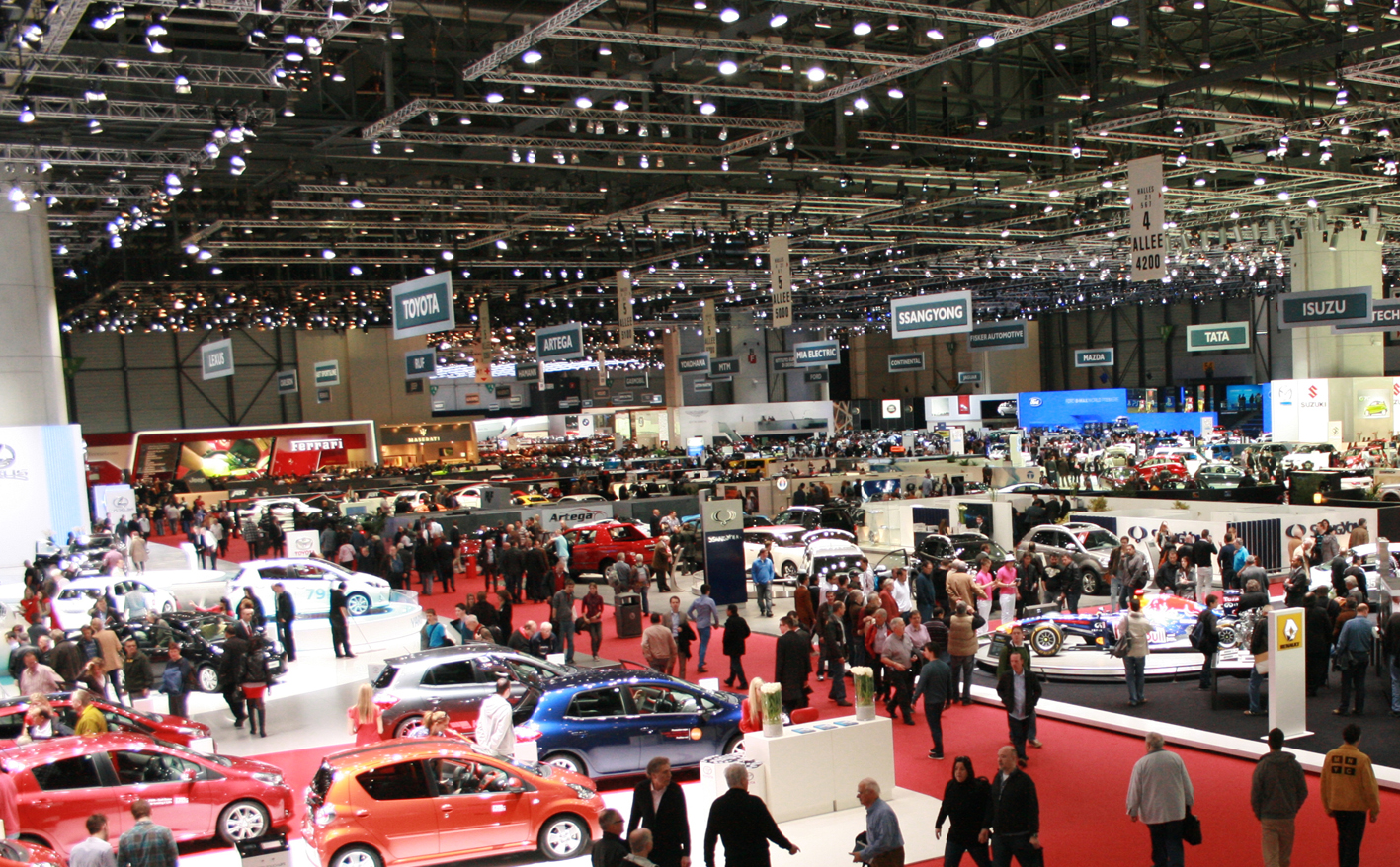
Citroen is also one of the companies in the process of replacing the PU foam in the seating of its standard vehicles with melt-bonded nonwovens.
This follows similar initiatives by other car makers, particularly in Japan. These new materials afford opportunities for weight savings and are based on recycled PET copolymer fibres with a low melting point component. Their breathability is also superior to PU foam and their production less wasteful. To comply with flammability regulations for seats, a layer of inherently flame retardant non-melting fibres is used to envelope the cushions, which are melt-bonded in a 3D mould.
In electric vehicles, nonwovens are also offering new solutions as the separators for the essential and considerable batteries required. At the Geneva event, however, the opportunity to test drive the latest electric and hybrid vehicles in the special Green Pavilion didn’t seem to be attracting much attention from the masses drooling over the latest high powered gas guzzlers.

This suggests there is some way to go before the majority of consumers convert to the benefits of low-emission motoring, although most car makers have now entered this field.

Business intelligence for the fibre, textiles and apparel industries: technologies, innovations, markets, investments, trade policy, sourcing, strategy...
Find out more